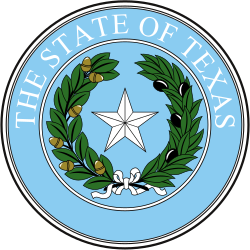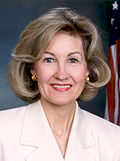| |||||||||||||||||
| |||||||||||||||||
 County results Hutchison: 40–50% 50–60% 60–70% 70–80% 80–90% Fisher: 40–50% 50–60% 60–70% 70–80% 80–90% Tie: 50% | |||||||||||||||||
| |||||||||||||||||
| Elections in Texas |
|---|
 |
The 1994 United States Senate election in Texas was held November 8, 1994. Incumbent Republican U.S. Senator Kay Bailey Hutchison won re-election to her first full term. [2] This marked the first time that a Republican won a full term to this seat in history.

